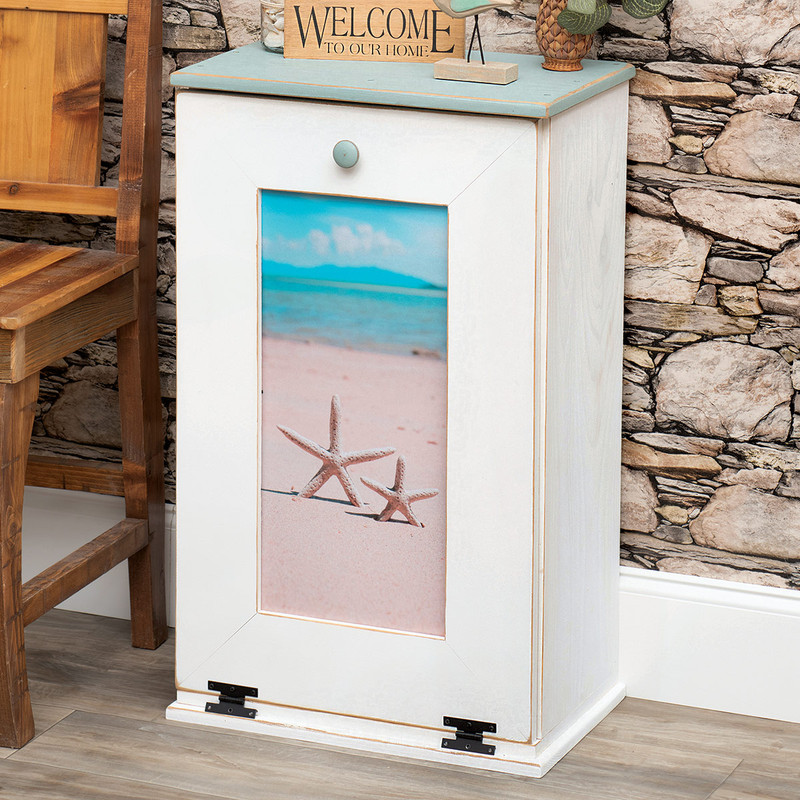How the Tides Work
Nov 1st 2018
 Have you ever sat by the coast for a number of hours and watched the tide gradually move up or down the beach? At that time, did you wonder to yourself what was actually causing this phenomenon? Here's your opportunity to learn a little bit about the science that causes tides to occur and also about other systems that depend on this cycle.
Have you ever sat by the coast for a number of hours and watched the tide gradually move up or down the beach? At that time, did you wonder to yourself what was actually causing this phenomenon? Here's your opportunity to learn a little bit about the science that causes tides to occur and also about other systems that depend on this cycle.
To understand the main force behind tides, it's a good idea to try out a small experiment. Find the very lightest feather you can; a downy-like feather will be perfect. Now, drop the feather just in front of your body, no more than an inch or so away from your torso and let it fall. You should notice that instead of falling in a straight line down to the ground, the feather actually moves in the direction of your own body. What causes this? Your body's gravity.
Every single object in the universe has a gravitational force that is proportionate to its size and mass. With really small objects, we won't be able to detect the gravitational force it will exert; however, it will be there, as we have just proved with the experiment above.
Back in 1687, just after an apple bonked him on the head, Sir Isaac Newton discovered the law of gravity and then actually went on to describe the gravitational forces of the Moon and Sun on our planet and how they are responsible for the tides.
Even though the Sun is many, many times larger than the Moon, that it is some 93 million miles away (150 million kilometers) means that it has a gravitational force on the earth that is equal to half that of the Moon. This is because the Moon is only around 239,000 miles (384,000 km) away from us. Because of the gravitational pull of the Moon on the Earth, this literally pulls the water in the seas and oceans toward the Moon; therefore, the side of our planet that faces the Moon will see the tides pulled toward it and the opposite side of the planet would be in a low tide.
As the Moon is orbiting the Earth, this means the tides continually move and change as it completes its trip around our planet. So the side of our planet that is facing the Moon will be in a state of high tide; the side not facing, in low tide.
This constant cycle has been going on ever since water was first introduced on Earth and it will likely continue for many more billions of years into the future. As the cycle of tides on our planet is so dependable and predictable, we have been able to record high and low tide cycles for hundreds of years.
The dependability of tides has had a massive influence on where and why human beings have settled in certain locations in history. At a time before mechanical power, tides were often used to transport boats loaded with goods. These same tides could also bring fish stocks to people, which would be the main source of food and, in time, trade with other communities.
Although the timing of tides is predictable, there are times where the height of a tide can lead to absolute disaster for coastal communities. When you get what is known as a Spring Tide, combined with a storm surge, this can lead to devastating floods. As the Earth's climate is thought to be heating up, ice caps are melting and more storms are predicted in the future. With this in mind, it is (unfortunately) very likely that flooding issues caused by tidal and storm surges will become even more prevalent in the future.
Mankind has learned to harness the power of tidal energy even more in recent decades by building power plants able to convert these huge forces to energy. As fossil fuels dry up, it's safe to say that this form of energy is likely to featured much more often in the future.

















